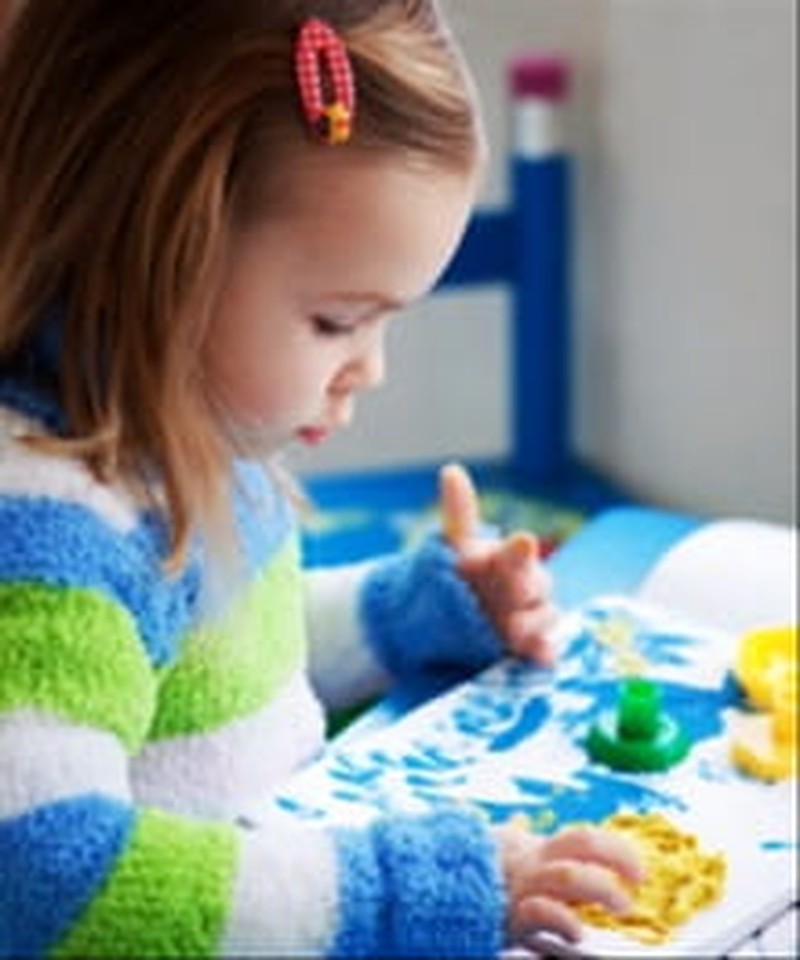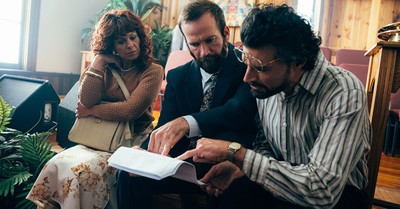A Preschool Toolbox
- Dana Hanley RoscommonAcres.com
- Published Aug 24, 2012

Editor's Note: This article originally appeared in the Winter 2010-11 issue of The Old Schoolhouse® Magazine, the trade magazine for homeschool families. Read the magazine free at www.TOSMagazine.com or read it on the go and download the free apps at www.TOSApps.com to read the magazine on your mobile devices.
I don’t know about you, but my preschool-aged children are always under foot. Sometimes it can seem impossible to get anything done with such busy hands continually in the way. But this is exactly where God has placed my children: not in the way, but along the way, where they can learn by watching and imitating and exploring the world around them.
It can be tempting to find activities to entertain preschoolers while working with older children. Unfortunately, this also limits the preschoolers’ opportunities to learn both the cognitive skills being practiced during lessons and the social and behavioral expectations set for this time. I have learned that their demands for my attention are most easily managed when I invite them to participate as much as possible. That means fewer distractions for my older children, more constructive educational opportunities for my younger ones, and a more family-oriented learning experience.
My 2-year-old’s desire to be a part of our day is what first prompted me to assemble a “Preschool Toolbox.” It’s a portable box full of educational tools suitable for use by young children, so that I always have something ready to offer to my smaller children during lesson time.
Assembling a Preschool Toolbox
When assembling your own toolbox, there are three important things to remember:
1. Don’t be afraid to give them materials that seem beyond their grasp. Exploring materials is how preschoolers learn.
2. For a young child, exploration frequently includes sticking items in his or her nose, ears, or mouth. Be careful what you place within your preschoolers’ reach if you are going to be distracted by working with other children at the same time.
3. Every child is different. Think about your child as you put together your box—not what is working for your family or another family you know.
Each of my children has a milk-crate-style hanging file folder box in which to store materials. Books, supplies, notebooks, and folders all fit neatly within it, and it provides enough extra space to quickly shove in unfinished work and projects so that those projects do not clutter up our table like they used to. We have chosen the same style box for the preschoolers’ supplies.
What we include:
1. Binders, folders, and notebooks similar to what their older siblings are using. Their folders are a mess, their lapbooks consist mostly of scribbled-on coloring sheets glued haphazardly to file folders with a few dictated notes, and the papers in their binders are falling apart from overuse, but they are proud of their work.
2. Materials similar to what their older siblings are using. Our math program is based on use of an abacus, so each of the younger children has one as well.
3. Crayons, markers, colored pencils, watercolors, scissors, glue, and modeling clay.
4. Objects to count, sort, stack, and organize. I store these in baggies in a closet and rotate them.
5. A clean egg carton with the lid removed. Encourage children to sort objects by size, shape, or color. Egg cartons also can be cut into individual cups as “stacking” tools.
6. One or two high-interest picture books and dolls or other appropriate, related toys.
7. Magazines and newspapers to cut up and draw on. These also provide samples of letters and pictures.
8. A photo album with pictures of family, favorite places, and your child’s daily routine.
9. A plastic or paper baggie for those special treasures collected on walks.
10. Homemade, theme-related coloring books. The Internet is an amazing resource, and hundreds of websites offer free coloring sheets.
11. A whiteboard, chalkboard, and clipboard.
12. A hornbook. During a unit on colonial America, we made hornbooks out of plastic cutting boards, printed sheets I made on the computer, and clear contact paper. Our hornbooks display letters, numbers, and a Bible verse on the front, with colors and shapes displayed on the back.
As my children grow, it continually surprises me how much they have learned even during times when I thought they were absorbed in their own play. The more we draw them alongside us in our daily routines, the more opportunities they have to learn.
Dana Hanley taught pre-K and first grade for two years before being called to Nebraska to work with abused and neglected children through a Christian foster care agency. She feels her real education and life’s work began with the decision to stay home and educate her own children. She and her husband John currently have six children, only two of which are school-aged, and they live, learn, and work together on a five-acre plot of land in rural Nebraska. You can share some of their adventures on her blog, Roscommon Acres.



















